

Volume 139
Published on October 2025Volume title: Proceedings of ICBioMed 2025 Symposium: AI for Healthcare: Advanced Medical Data Analytics and Smart Rehabilitation
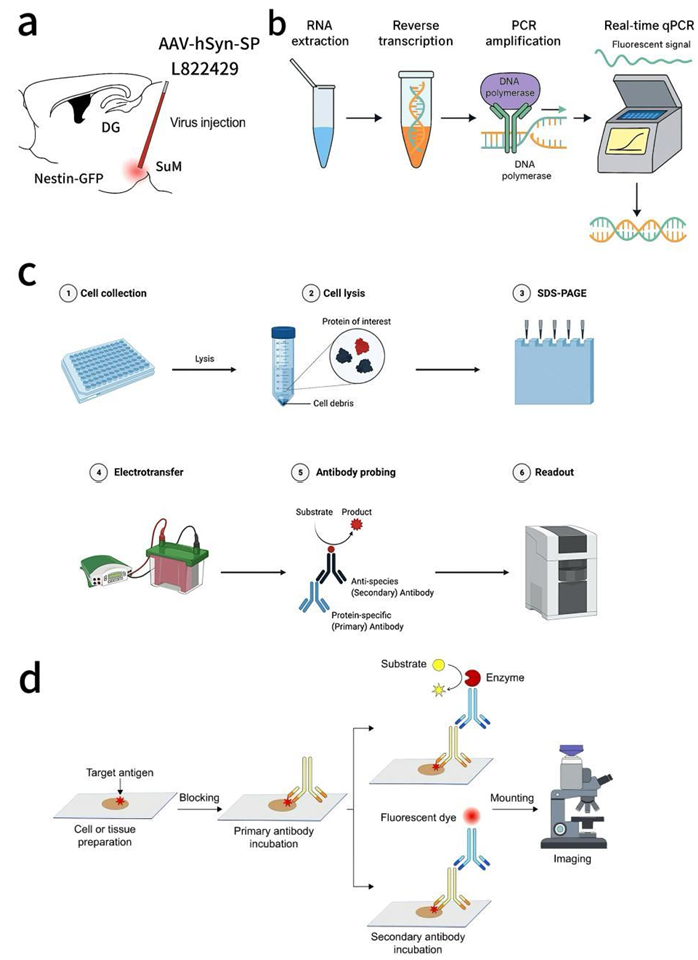
Accumulating evidence showed the adult hippocampal neurogenesis (AHN) has played an essential role in regulating cognitive functions and emotions, while the other potential regulator such as the neuropeptides has still received less attention.. In the nestin-GFP mice, our data showed that the SP-overexpressed SuM neurons inhibited the proliferation of radial neural stem cells (rNSCs) and reduced the cell densities of immature and proliferating neurons in the dentate gyrus (DG). All of these processes were accompanied by depression and anxiety-like behaviours, including the reduced exploration, the lower sucrose preference, and the prolonged immobility. However, the neurokinin-1 receptor (NK1-R) antagonist could reversed those behavioural deficits. Together, our study demonstrated that SP was an essential inhibitor of AHN and emotional behaviours, while the NK1-R antagonism may provide a potential therapeutic strategy for depression and anxiety-like behaviours.

 View pdf
View pdf


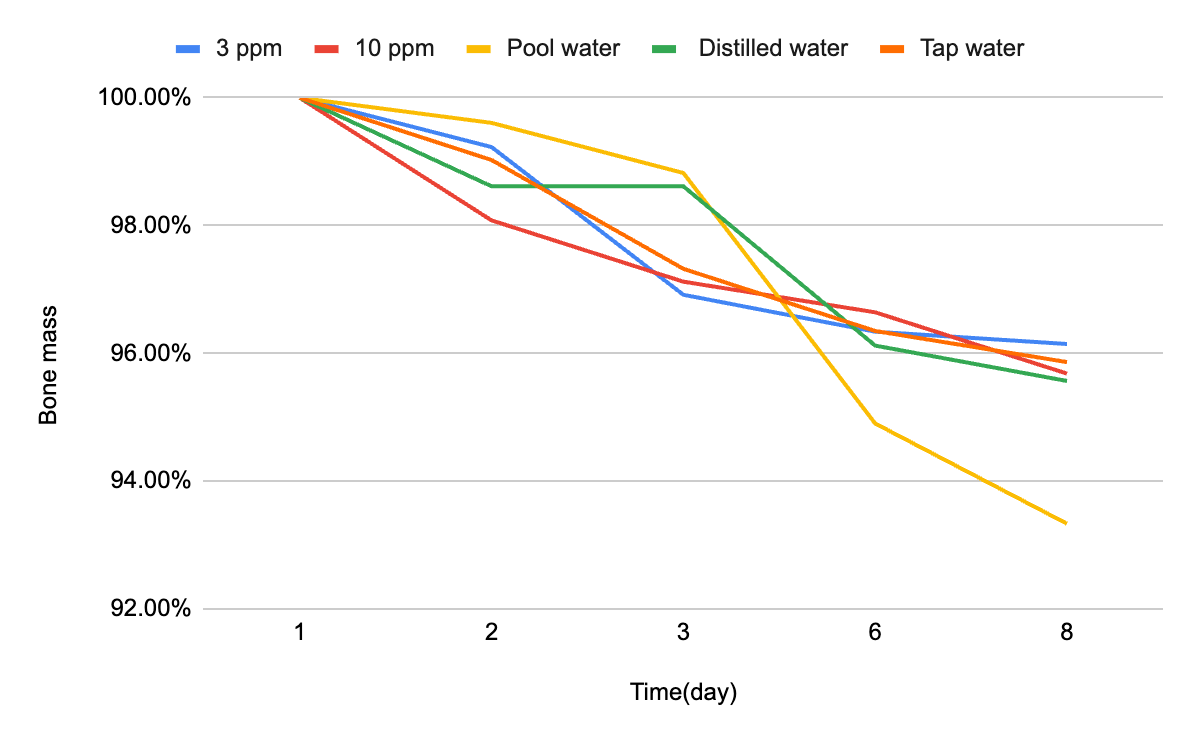
This study investigates the effect of pool water chemistry on tooth enamel. Enamel, primarily composed of hydroxyapatite, is highly durable yet vulnerable to erosion in acidic or chemically imbalanced environments. Among environmental exposures, swimming pool water presents a potential risk due to chlorine-based disinfectants, such as sodium hypochlorite, which can alter water pH and accelerate calcium loss. To model enamel exposure, chicken thigh bones were used as analogs because of their high hydroxyapatite content. Bones were immersed in different water conditions: distilled water (control), tap water, water from Gilmour Academy’s pool, and chlorine solutions at 3 ppm and 10 ppm to simulate varying pool environments. Over a 48-hour period, mass changes were recorded to assess calcium loss. Results showed that pool water caused the greatest mass loss (6.67%), while the 3 ppm chlorine solution caused the least (3.85%). The findings suggest that pH plays a more significant role in mineral dissolution than chlorine concentration alone. These results highlight the importance of maintaining balanced pool water chemistry, particularly pH control, to minimize potential enamel erosion and protect dental health.

 View pdf
View pdf


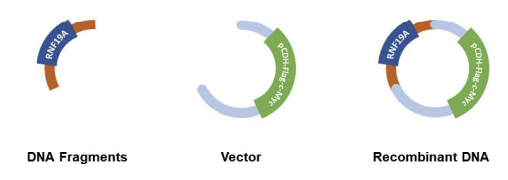
Triple-negative breast cancer (TNBC) is the most aggressive subtype of breast cancer and one of the most common and deadly cancers in women. The incidence of TNBC is high globally, but there are few treatment options, and chemotherapy remains the primary treatment method for TNBC patients. Research found that ubiquitination is a potential target that can help provide better treatment to multiple cancers including TNBC. However the role of ubiquitinationin cancer is not very clear. Thus, more in-depth research is needed to create better treatment for TNBC patients. An bioinformatics analysis was conducted to identify potential substrates for the E3 ligase RNF19A. Immunofluorescence staining was utilized to compare the co-localization of RNF19A with these potential substrates in A549 and MDA-MB-231 cell lines. Then TP53 activator PRIMA-1 and the SOD1 inhibitor ATN-224 to was added to observe the fluorescence intensity of RNF19A. The findings revealed the RNF19A can affect the fluorescence intensity of subcellular localization of TP53 in MDA-MB-231 cells. The differential effects were also noted in A549cells. In contrast, treatment with the SOD1 inhibitor resulted in decreased fluorescence in A549 cells, indicating a specific pathway involvement in non-small cell lung cancer (NSCLC) rather than TNBC. This study demonstrates that fluorescence intensity of RNF19A is impacted by the addition of the activator and the inhibitor of TP53. The RNF19A can potentially contribute to the understanding of its function in cancer-related cellular processes. These findings provide a foundational basis for exploring RNF19A as a potential therapeutic target in conditions like TNBC, marked by aberrant protein localization and function

 View pdf
View pdf


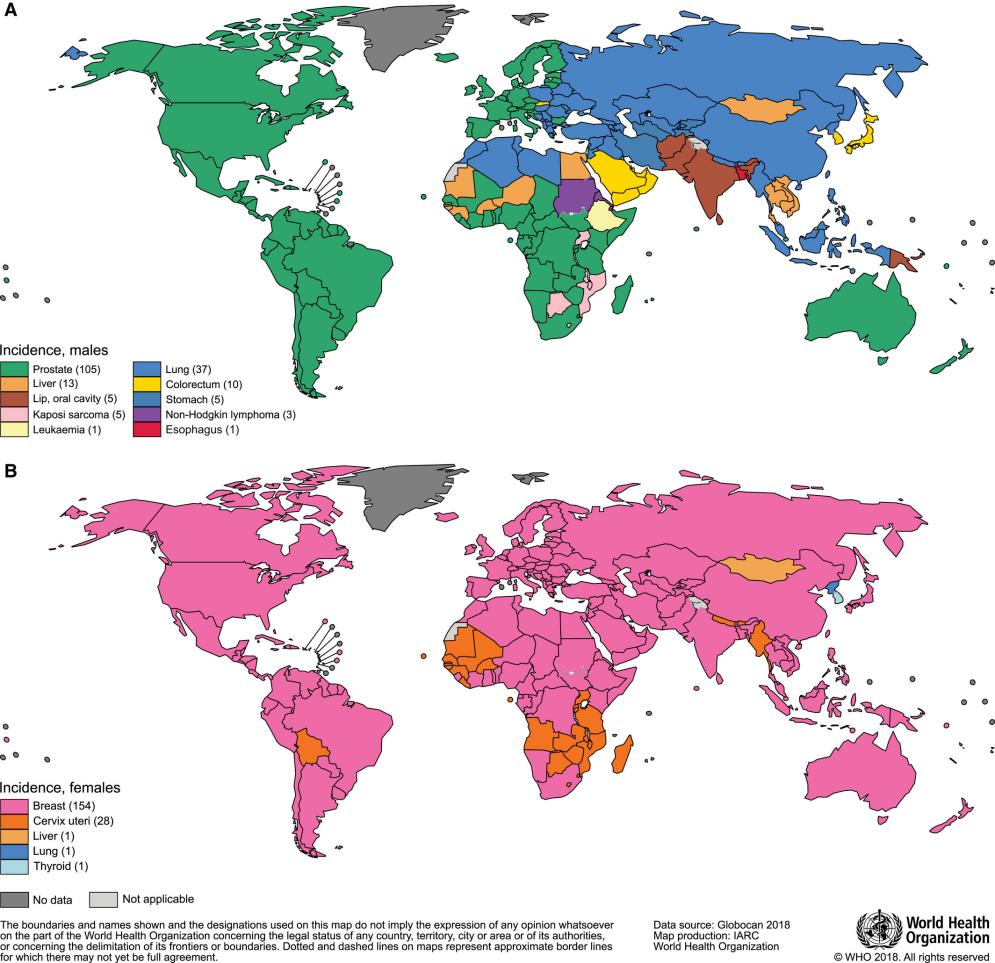
Cancer is a disease with a high mortality and is difficult to cure. Liver cancer, especially hepatocellular carcinoma (HCC), is currently one of the most common types among cancers, which causes hundreds of thousands of people’s deaths. Compared with traditional therapies, a drug delivery method based on ultrasound meditation provided new options and opportunities for the treatment of HCC. Among them, the selection and design of carriers for drugs are the core of this method. The types of carriers can be generally classified into three categories: bubbles, liposomes and particles. Each of them has its unique properties and application, demonstrating outstanding potential in the treatment of HCC.

 View pdf
View pdf


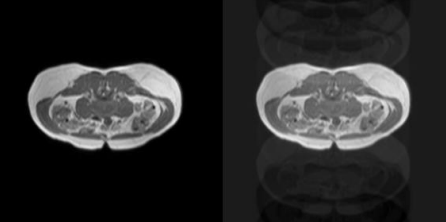
Liver MRI plays a crucial role in diagnosing various diseases; however, motion artifacts caused by patient movement during scanning can significantly degrade image quality, leading to misdiagnoses and additional scanning costs. This study explores a deep learning based retrospective motion correction (MoCo) approach using U-Net and Generative Adversarial Networks (GANs) to reduce motion artifacts in liver MRI images. Motion artifacts—including regular moving motion, ghosting effects, and spiking distortions—are simulated using TorchIO to generate training and validation datasets. The proposed model integrates Fully Convolutional Networks (FCNs), U-Net, and Patch-GAN to enhance feature learning through adversarial training. Additionally, perceptual loss is incorporated to test to improve the model’s ability to retain high-level details. The performance of the models is evaluated using the Structural Similarity Index (SSIM) to quantify image quality improvements. The study aims to demonstrate that deep learning-based MoCo can enhance liver MRI interpretation accuracy, reduce the need for repeated scans, and improve diagnosing efficiency while minimizing costs associated with motion artifacts.

 View pdf
View pdf


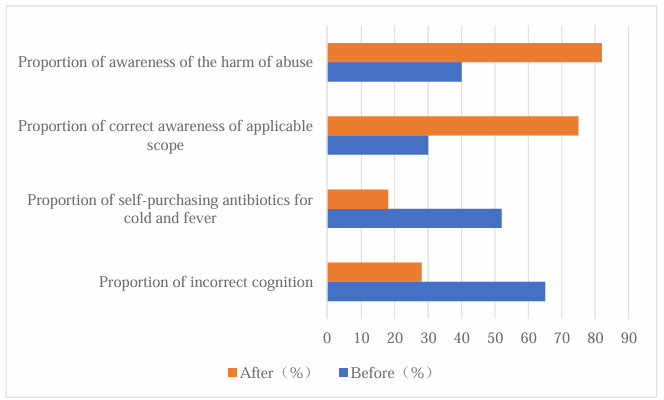
In recent years, the problem of antibiotic resistance resulting from misuse has become a prominent challenge threatening global public health security. As one of the most frequent settings for antibiotic use, the rationality of antibiotic usage in communities directly affects the overall effectiveness of resistance prevention and control. At present, the prevalence of self-medication misconceptions among residents, non-standard prescriptions by primary healthcare personnel, and illegal antibiotic sales in retail pharmacies in communities have increased the risk of irrational antibiotic use. Against this backdrop, this study focuses on community-level interventions for the rational use of antibiotics, systematically analyzing their significance in enhancing public awareness, standardizing prescription practices, and curbing the development of resistance. It further explores the mechanisms by which residents’ personal characteristics, community environmental conditions, and intervention design influence outcomes. Specific intervention measures—such as public education, healthcare personnel training, monitoring and feedback, and pharmacy supervision—are detailed, and their implementation effectiveness is comprehensively evaluated. The study aims to contribute to the construction of a scientific and efficient resistance prevention and control system, safeguarding public health and medical safety.

 View pdf
View pdf


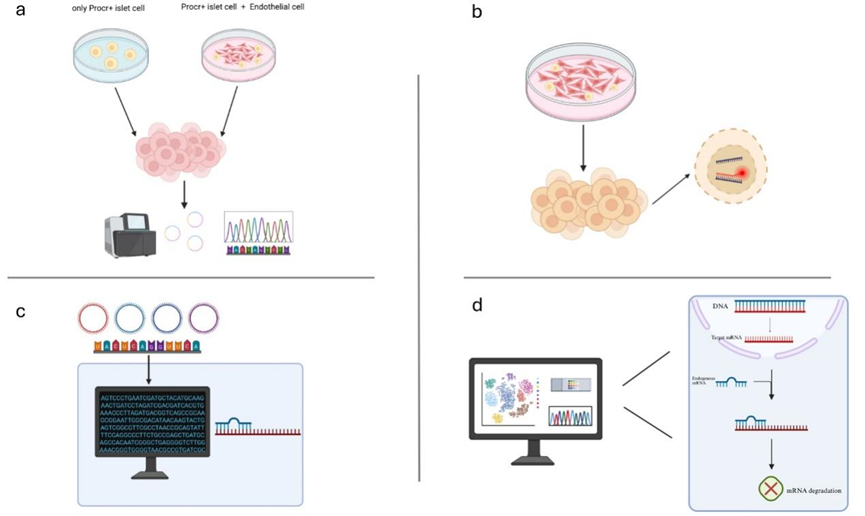
Diabetes mellitus is a chronic metabolic disorder characterized by impaired insulin secretion or insulin resistance, and current therapeutic approaches are unable to achieve complete remission. Recent studies have demonstrated that Procr⁺ islet cells within murine islets can form colonies and differentiate into islet organoids through co-culture with endothelial cells, subsequently reversing diabetes upon transplantation. However, the underlying mechanism by which endothelial cells promote the growth of Procr⁺ islet cells remain incompletely understood. This study aims to investigate circular RNA (circRNA) within the extracellular vesicles (EVs) of endothelial cells as a potential breakthrough. This investigation seeks to elucidate the role of circCARD6, derived from endothelial cells, in promoting the colony formation of Procr⁺ cells. I hypothesize that circCARD6 is selectively encapsulated into EVs, subsequently transferred into Procr⁺ cells, and functions as a microRNA (miRNA) sponge to modulate the expression of downstream genes, thereby enhancing cellular proliferation and differentiation. To validate this hypothesis, I employed co-culture of Procr⁺ cells and endothelial cells (ECs), followed by circRNA sequencing (RNA-seq) to identify differentially expressed circRNAs. I will employ fluorescence in situ hybridization (FISH) using BSJ-specific probes to confirm the transfer of circCARD6 from EC-derived EVs to Procr⁺ cells. Furthermore, I will use biotin-labeled miRNA pull-down assays and functional over-expression experiments to verify the sponge activity of circCARD6 on miR-31 and miR-29b-3p, as well as its impact on downstream protein expression and colony formation capacity. I expect proving that circCARD6 serves as a critical EV-derived circRNA that promotes colony formation and differentiation of Procr⁺ cells by acting as a miRNA sponge. This study provides novel insights into the mechanism of circRNA-mediated intercellular communication and identifies circCARD6 as a potential molecular target for enhancing islet regeneration. Our research findings may contribute to the development of novel therapeutic strategies for diabetes management.

 View pdf
View pdf


Laser interventions in periodontology combine targeted biofilm disruption, localized photochemical antimicrobial activity, and modulation of host repair pathways. NdYAG around 1064 nm couples to hemoproteins and penetrates millimeters to enable coagulation and contactless disinfection in vascularized pockets. ErYAG near 2940 nm is absorbed by water and hydroxyapatite and ablates mineral deposits while volatilizing extracellular polymeric substances. Diode lasers from 810 to 980 nm activate porphyrin photosensitizers for photodynamic therapy and provide antimicrobial action with low thermal burden. Short high peak pulses induce photoacoustic cavitation; collapsing bubbles generate microjets and shear that detach 3D biofilm from root furcation and irregular surfaces. Photochemical activation produces singlet oxygen and radicals that oxidize membranes, nucleic acids and matrix components, enhancing antimicrobial penetration and reducing selective pressure associated with prolonged antibiotics. Subablative irradiation modulates mitochondrial redox and downstream signaling, reduces proinflammatory cytokines and promotes fibroblast proliferation, collagen deposition, osteogenic gene expression and VEGF mediated angiogenesis, effects that correspond to measurable gains in probing depth, clinical attachment level and local bone volume. This review aims to synthesize mechanistic insights and clinical considerations to guide parameter selection and future translational research.

 View pdf
View pdf


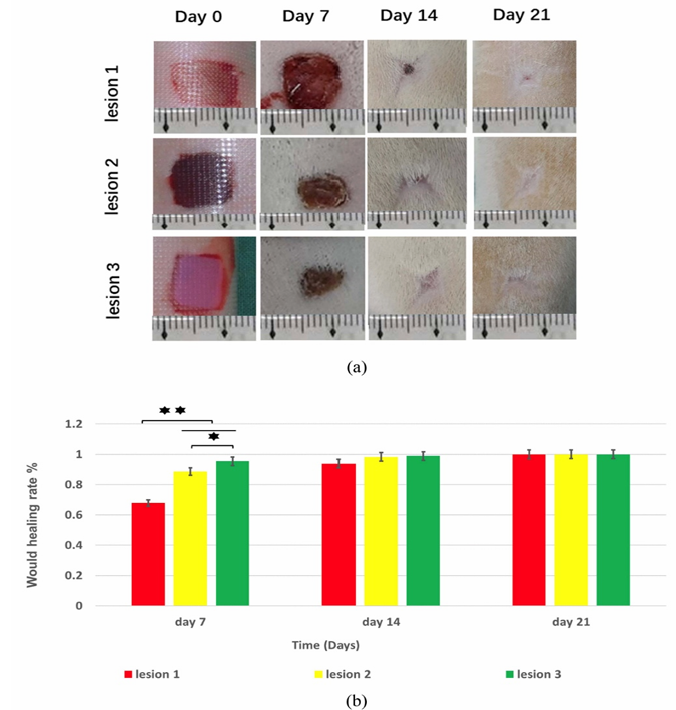
3D bioprinting is one of the cutting-edge technologies in recent years, by using computer programming, difficult geometry can be printed. For the 3D printing skin, it just this kind of feature to do the complex mission. One domination issue of the 3D bioprinting skin is the printing material, Bio-Ink. Nowadays, there are five typical materials for Bio-ink, separate into two different categories, three are NATURAL Bio-Ink and two are SYNTHETIC Bio-Ink, analyzation on performance, application and advantages have been done on these materials. In recent years, a different kind of Bio-Ink has been invented, the Complex Bio-Ink, which uses two or more kinds of materials to improve the performance and cover the disadvantages that the other materials meet. This review summarizes the commonly used printing materials, including performance, production and application. Also to improve them, a new kind of Bio-Ink, complex Bio-ink is introduced. By analyzing the improvements of the Complex one compared with the traditional one, a future imagination for 3D Bio-Ink based on the definition of Complex Bio-Ink has been raised.

 View pdf
View pdf


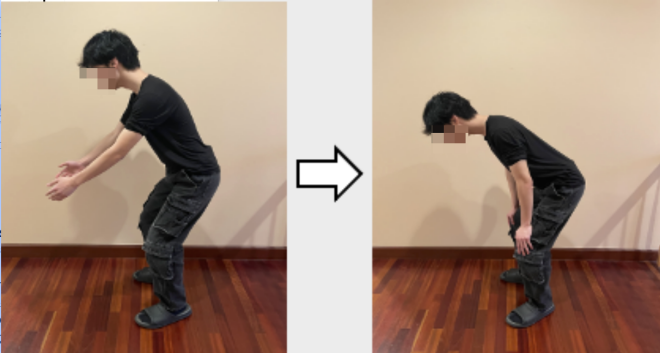
The lumbar spine is susceptible to stress, especially when bending, which increases the risk of injury and pain. Current exoskeletons are bulky, large, expensive, and lack individual adaptability. To overcome these problems, we developed a passive lumbar exoskeleton equipped with a self-designed gas spring-link lumbar joint system. The system provides a wide range of motion, high flexibility, and adjustable torque, connects the lumbar spine and leg support structure, and transmits lumbar pressure to the legs and chest when bending to protect the spine. The goal is to provide a lightweight, efficient, and personalized lumbar assistance solution to improve operational efficiency and comfort. We established a biomechanical model to illustrate its working principle and demonstrated its potential in reducing lumbar compression..

 View pdf
View pdf




